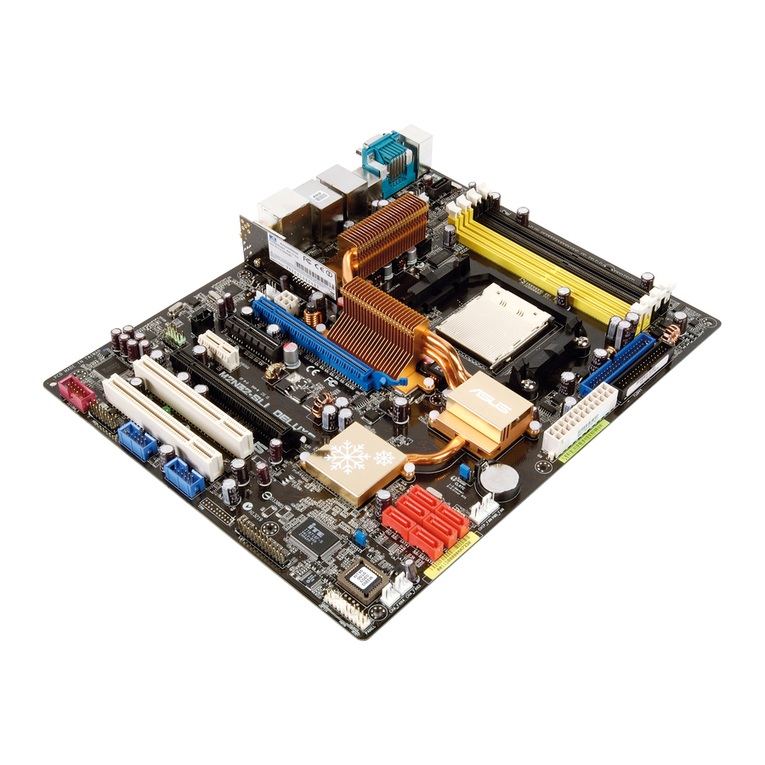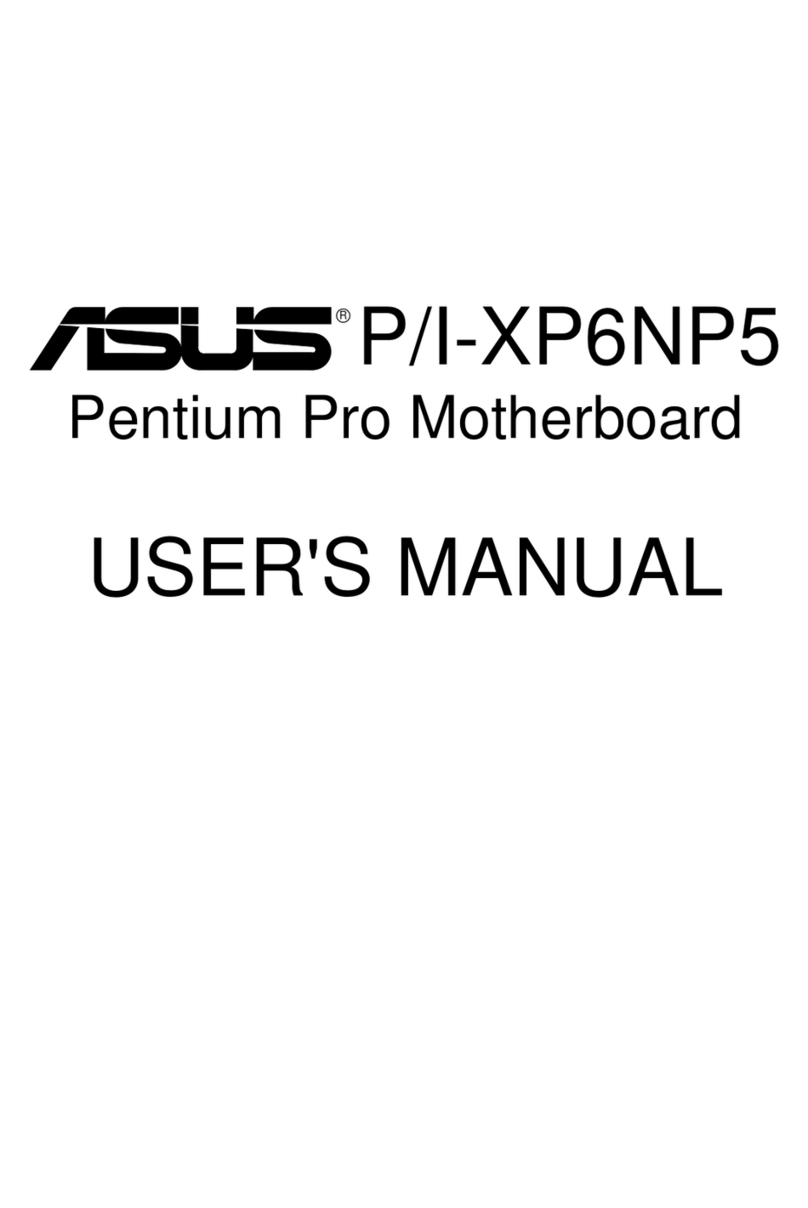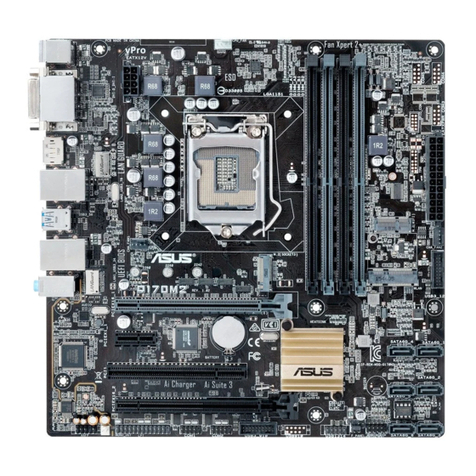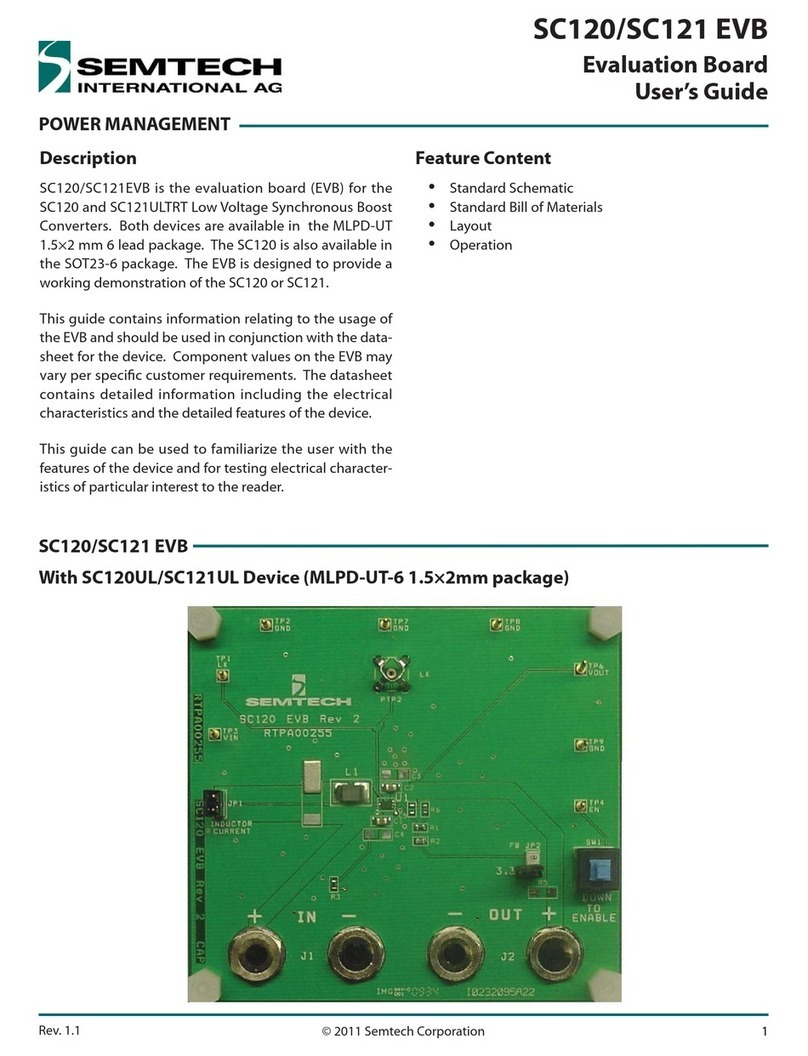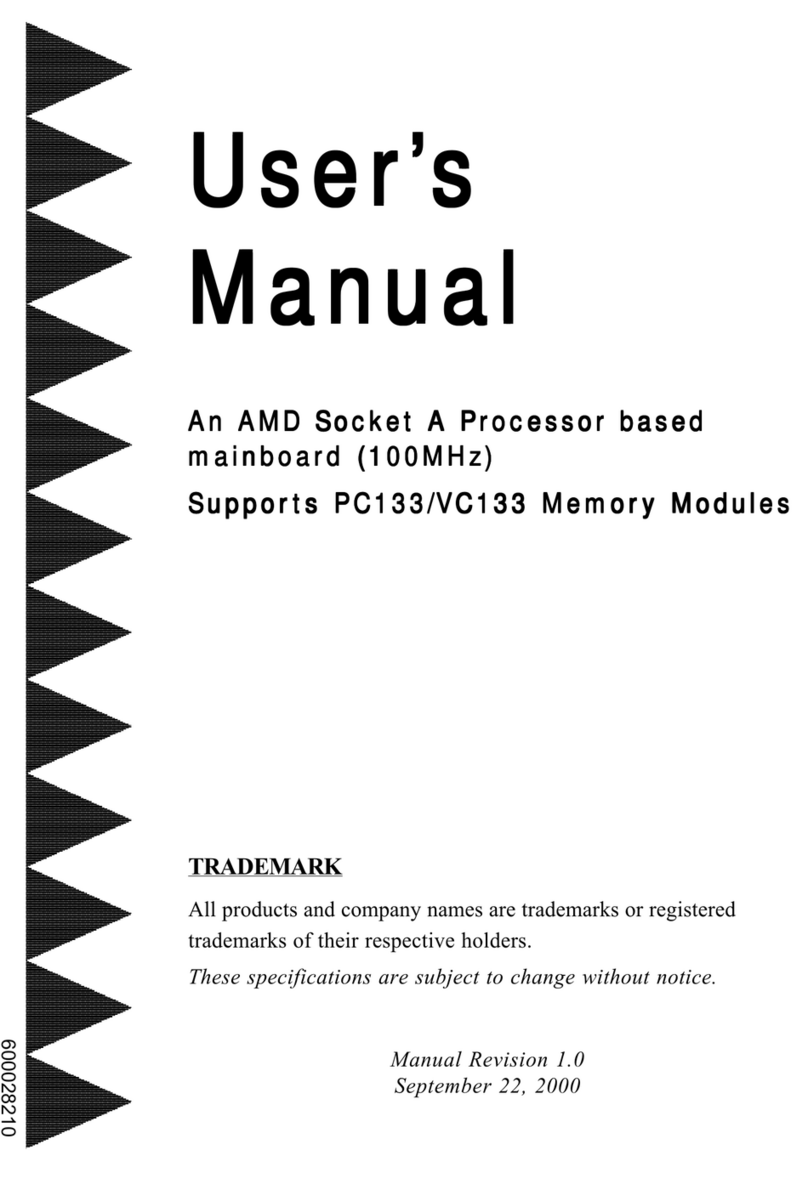Asus K8N8X-LA User manual
Other Asus Motherboard manuals

Asus
Asus P5K-E WiFi-AP User manual

Asus
Asus K8V-F User manual

Asus
Asus ROG STRIX X570-I GAMING User manual

Asus
Asus ROG STRIX Z490-G GAMING WI-FI User manual
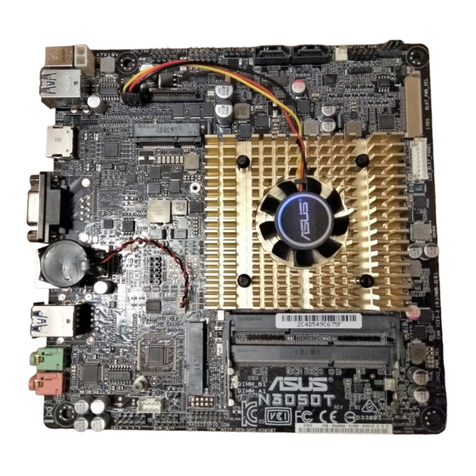
Asus
Asus N3050T R2.0 User manual
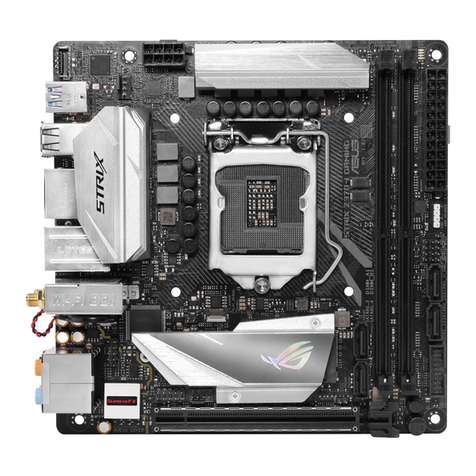
Asus
Asus ROG STRIX Z370-I GAMING User manual

Asus
Asus PRIME X370-PRO User manual
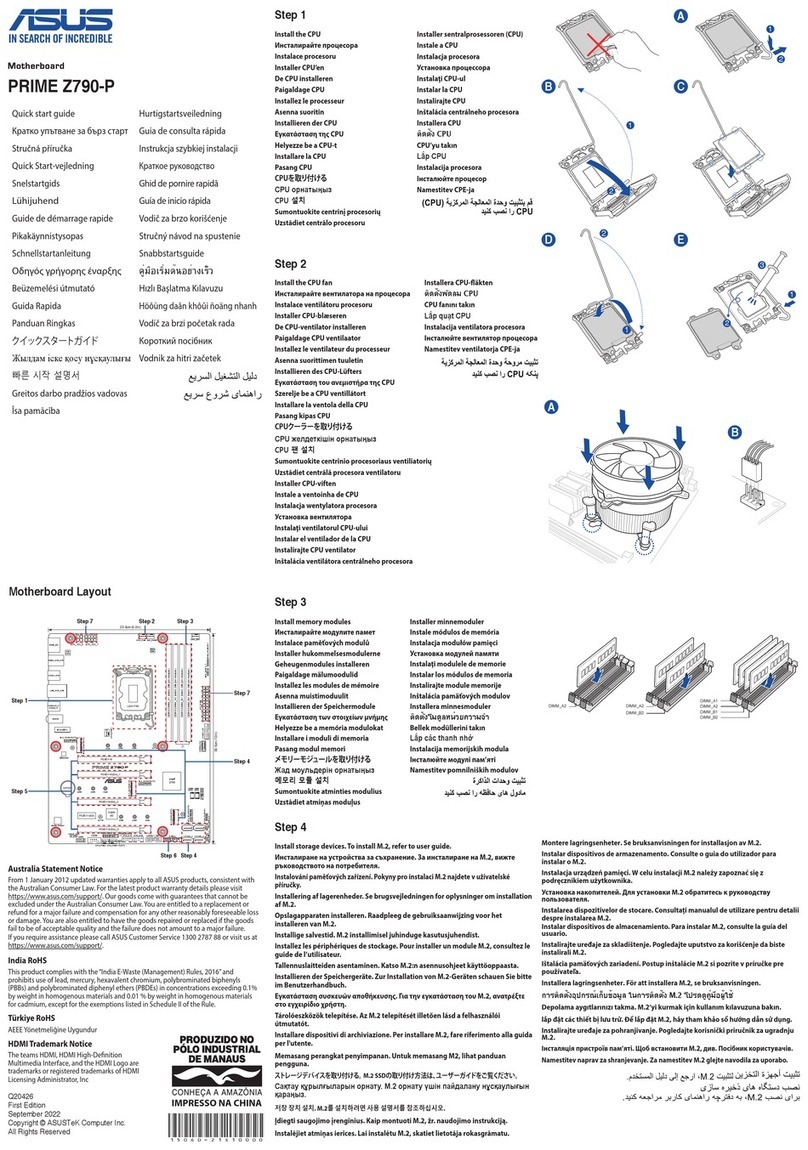
Asus
Asus PRIME Z790-P WIFI User manual
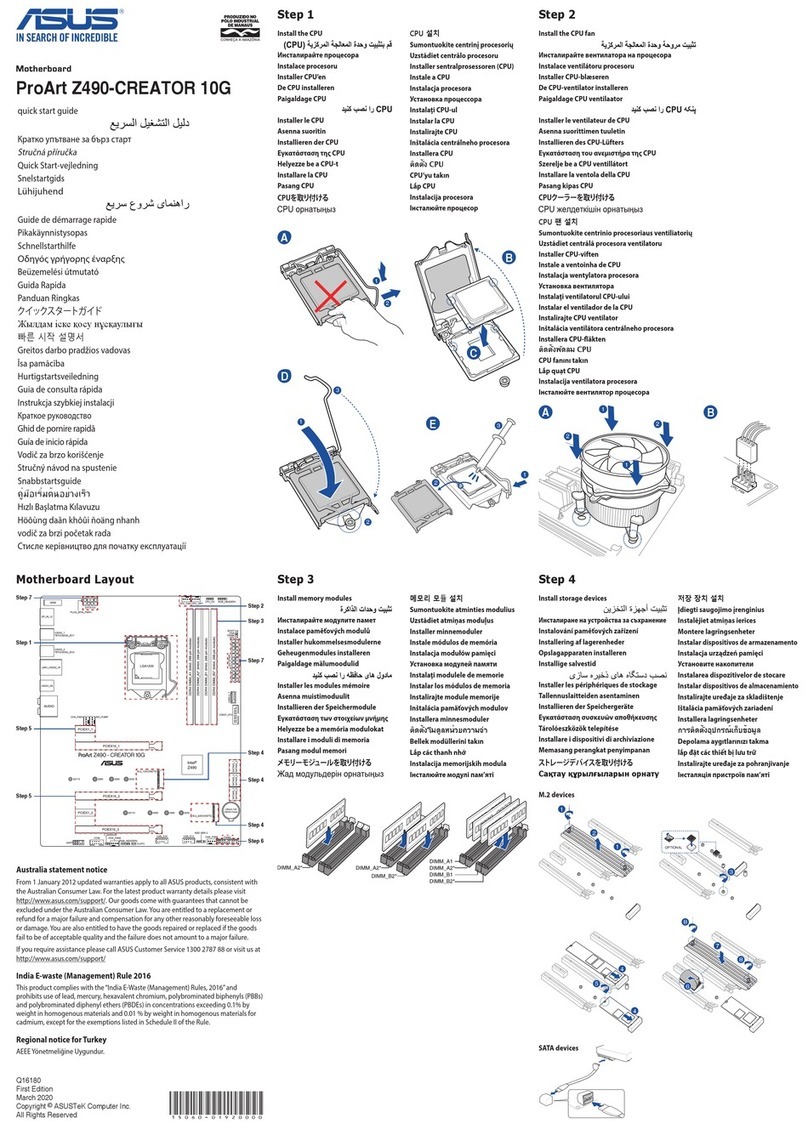
Asus
Asus ProArt Z490-CREATOR 10G User manual
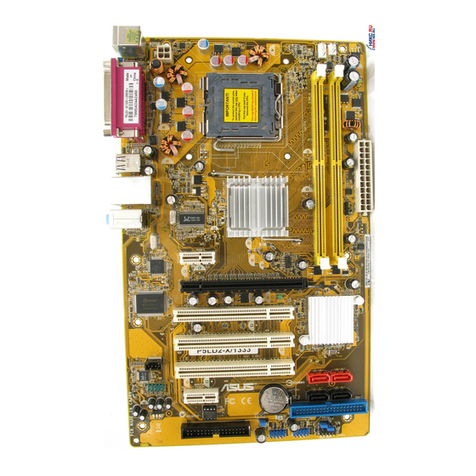
Asus
Asus P5LD2-X 1333 User manual

Asus
Asus B85M-G User manual
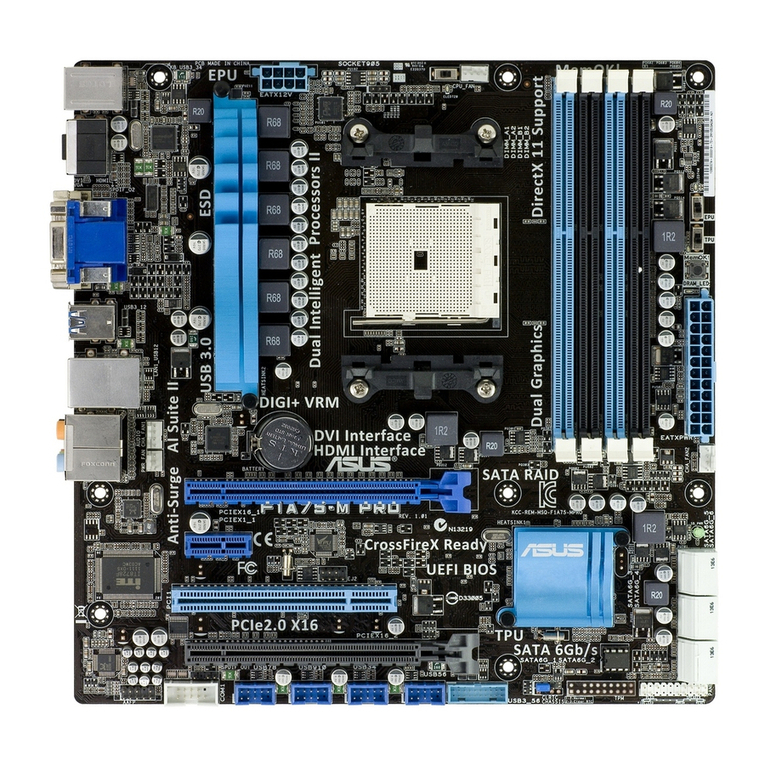
Asus
Asus F1A75-M LE User manual
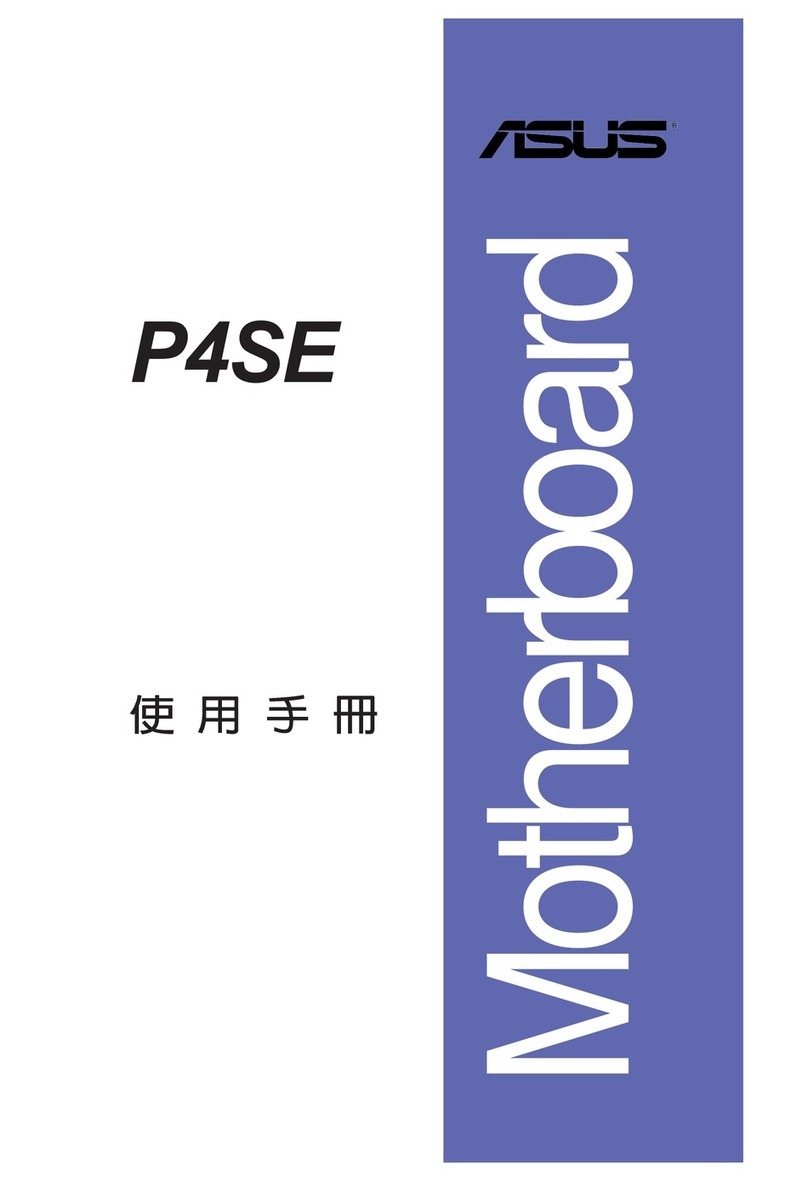
Asus
Asus P4SE User manual

Asus
Asus HP Alcatraz 850 ATX User manual

Asus
Asus H81M-E User manual

Asus
Asus EX-B360M-V User manual
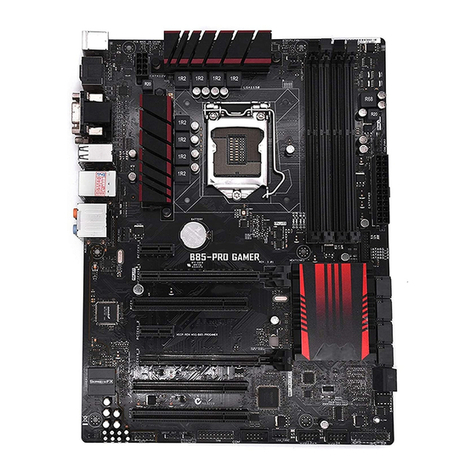
Asus
Asus B85-PRO GAMER User manual

Asus
Asus WS C422 SAGE/10G User manual
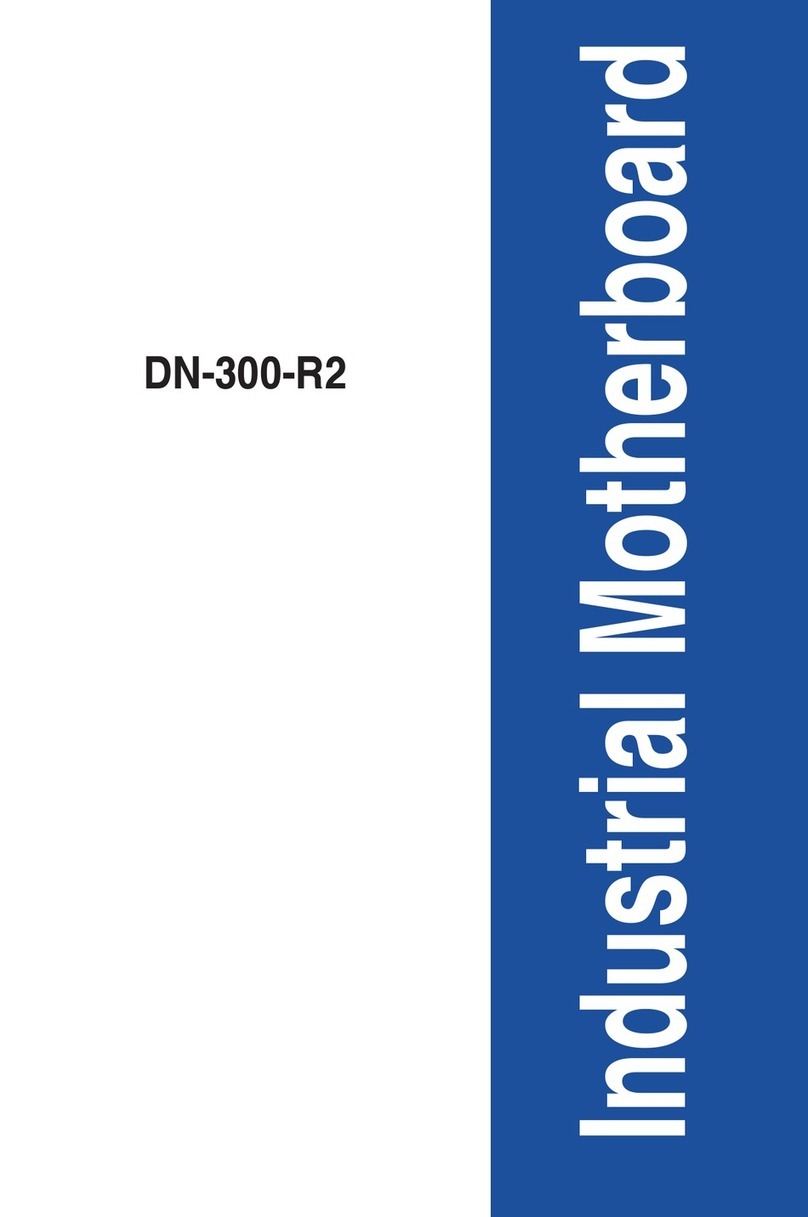
Asus
Asus DN-300-R2 User manual
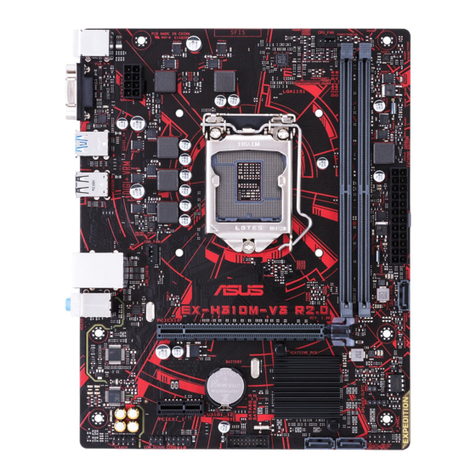
Asus
Asus EX-H310M-V3 User manual
